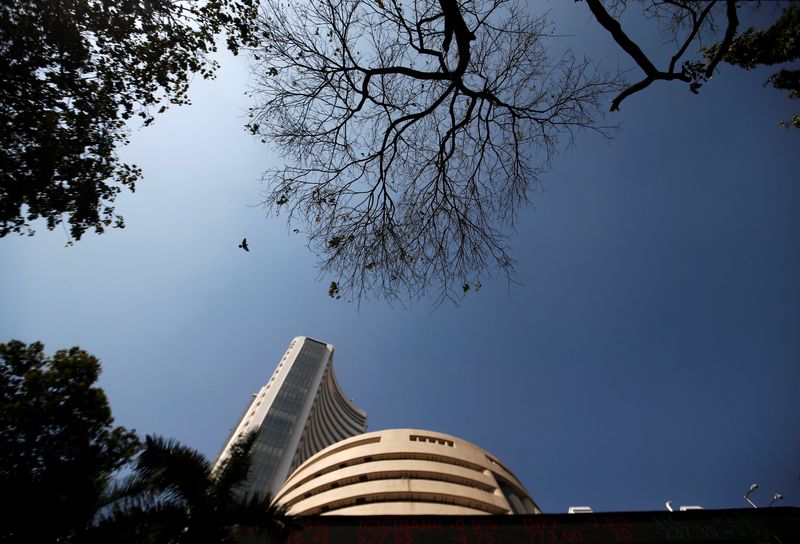Policy Pivot is Catalyst for Rotation from India to China: CSLA
In recent times, the global economy has been witnessing a significant shift in investment patterns and strategic focus from India to China. This rotation, driven by policy pivots and changing dynamics, has caught the attention of economists and policymakers worldwide. Central to this shift is the progressive stance taken by China in various sectors, thereby attracting businesses and investors that were previously inclined towards India.
The key driver behind this rotational trend is the policy focus and stability offered by China. As a country that has intricately tied economic policies with strategic goals, China has emerged as a preferred destination for businesses looking for long-term growth prospects. The clarity and consistency in China’s policy framework provide investors with a sense of security and confidence, which is vital for sustained investments.
Additionally, China’s significant investments in infrastructure and technology have bolstered its attractiveness to businesses across the globe. With a robust and well-connected infrastructure network, companies can access markets efficiently and benefit from streamlined supply chains. Moreover, China’s advancements in technology, particularly in areas such as artificial intelligence and automation, have positioned the country as a leader in innovation, attracting tech-savvy investors seeking cutting-edge solutions.
Conversely, India has grappled with policy uncertainties and regulatory challenges, leading to a perception of a less stable business environment. The unpredictable policy landscape in India, coupled with bureaucratic hurdles and red tape, has deterred potential investors from committing to large-scale projects in the country. Amidst these challenges, China’s proactive approach in facilitating business operations has propelled it as a more attractive option for businesses seeking a conducive environment for growth.
Furthermore, the geopolitical landscape in the region has also played a crucial role in the rotation from India to China. The escalating tensions between India and its neighboring countries, combined with uncertainties stemming from political decisions, have created a sense of caution among investors. In contrast, China’s growing influence and diplomatic outreach have positioned it as a stable economic powerhouse, capable of weathering global uncertainties.
The transformation in the investment landscape from India to China underscores the importance of policy stability and proactive governance in fostering economic growth. As businesses recalibrate their strategies to align with emerging market dynamics, it is imperative for countries to prioritize policy coherence and regulatory transparency to remain competitive on a global scale. The policy pivot observed in recent times serves as a stark reminder of the significance of clear, forward-thinking policies in attracting investments and driving sustainable development.
In conclusion, the rotation from India to China driven by policy pivots emphasizes the critical role of policy stability and strategic vision in shaping economic outcomes. As the global economy continues to evolve, countries must adapt to changing dynamics and position themselves as attractive destinations for investments. By learning from the experiences of China and India, policymakers can chart a path towards sustainable growth and foster a conducive environment for businesses to thrive.



